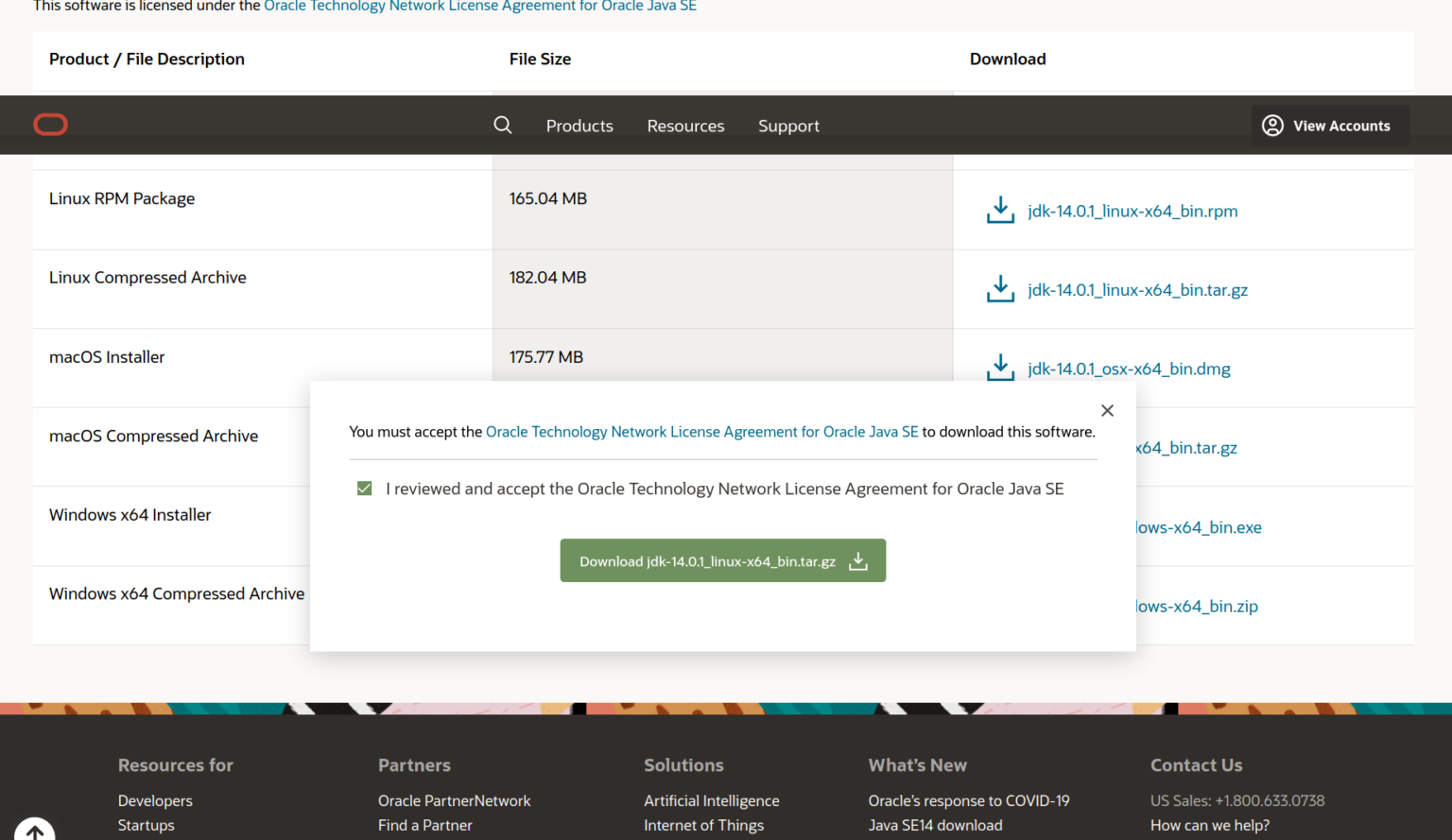

- #Ubuntu untar tar gz install
- #Ubuntu untar tar gz archive
- #Ubuntu untar tar gz software
- #Ubuntu untar tar gz mac
- #Ubuntu untar tar gz windows
$ tar rf archive.tar bar/ View a list of files within a tarball The shorter version: $ tar rf archive.tar foo.txt Now that you have an uncompressed tar archive, add a file and a directory to it: $ tar -append -file archive.tar foo.txt
#Ubuntu untar tar gz archive
If your archive has been compressed, you must uncompress it, but you do not need to unarchive it.įor instance, if an archive has been compressed with Gzip: $ gunzip In the shell, you can add a file or directory to a tar archive as long as it is not compressed. Using it, you can open a tar archive as if it were any other directory, have a look inside, extract individual files, add files to it, and even preview the text files and images it contains. Most Linux and BSD desktops come with a graphical archive utility. If you have an existing tarball and want to add a new file into it, you don't have to unarchive everything just to add a new file. Add a file or directory to an existing tarball Once you're comfortable with the basics, it's useful to explore other features. The tar utilities are very robust and flexible. zip files: $ tar -extract -file archive.zip Advanced tar You can even use the tar utility to unzip. In a shell, the command to extract an archive is pretty intuitive: $ tar -extract -file I use this option so that when I extract files from a tarbomb, they remain tidy and contained. The Dolphin file manager offers a feature to autodetect whether the files extracted from an archive are contained in a directory or if a new directory needs to be created for them. In a GUI, right-click the archive you want to extract and select "Extract."
#Ubuntu untar tar gz software
If you've received a tarball from a friend or a software project, you can extract it in either your GUI desktop or in a shell. $ tar -create -gzip -file myfilesĬommon extensions are tar.gz and. For compression, you can have tar call Gzip or bzip: $ tar -create -bzip2 -file 2 myfiles

Compressing archivesĬreating a tar archive does not compress your files, it just makes them easier to move around as one blob. Tarbombs are useful for patches and software installers it's just a matter of knowing when to use them and when to avoid them. These kinds of archives are sometimes called a tarbomb, although not always with a negative connotation. You don't have to put files into a directory before archiving them, but it's considered poor etiquette not to, because nobody wants 50 files scattered out onto their desktop when they unarchive a directory.

The tar utility is unique among commands, because it doesn't require dashes in front of its short options, allowing power users to abbreviate complex commands like this: $ tar cvf archive.tar myfiles To gather a group of files into one archive, place your files in a directory and then invoke tar, providing a name for the archive that you want to create and the directory you want to archive: $ tar -create -verbose -file archive.tar myfiles In a shell, it's basically the same process. Right-click on the directory and select "Compress".I'm using KDE, but the process is essentially the same on Gnome or XFCE: In a GUI, creating a tarball is, at the most, a three-step process. Creating a tarballĪ tar archive is often referred to as a tarball, presumably because we hackers love to shorten words to as few syllables as possible, and "tarball" is shorter and easier than "tar archive."
#Ubuntu untar tar gz windows
If you really want an actual tar utility on Windows, GNU tar is installable through WSL on Windows 10 or through Cygwin. Its name implies it's a zip utility, but it also works with tar archives, and even provides commands for the cmd command-line interface.
#Ubuntu untar tar gz install
tar files is to install the LGPL open source 7-Zip utility.
#Ubuntu untar tar gz mac
On Linux, BSD, Illumos, and even Mac OS, the tar command is already installed for you. The tar format only creates a container for files, but the files can be compressed with separate utilities. zip file, but a tar archive is notably not compressed. People new to the tar format usually equate it to a. Its purpose is simple: It takes one or more files and "wraps" them into a self-contained file, called a tape archive because when tar was invented it was used to place data on storage tapes. tar file at some point. The open source tar archive utility has been around since 1979, so it is truly ubiquitous in the POSIX world. If you use open source software, chances are you'll encounter a.


 0 kommentar(er)
0 kommentar(er)
